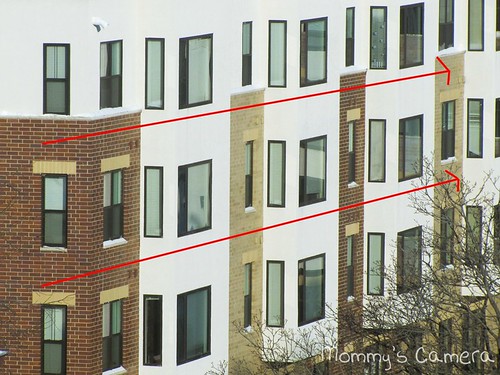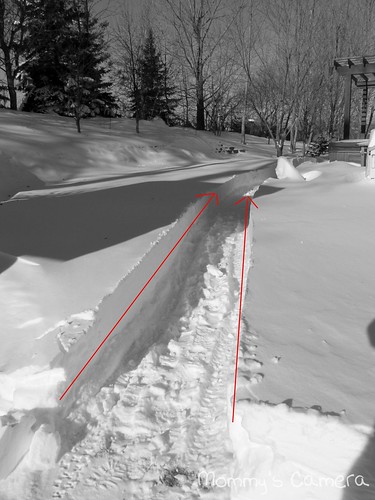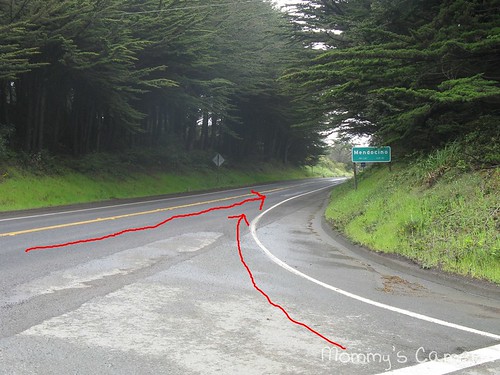Lines, whether actual or assumed, are a interesting and fun part of photography composition. They can emphasize your subject, create flow or movement to your photo, and can even convey a mood. This tutorial will give you basic insight into how lines in photography work.
*Please note that you can hover over the photos in this tutorial to see example lines drawn in.*
Leading Lines
These are the lines that lead your eyes directly to your subject.
In the above photo, the lines of the leaves draw your attention to the monkey. Leading lines can flow your eyes to the center of your photo or from side to side. Right to left leading lines can get tricky because our eyes naturally want to look from left to right. Be careful not to draw your attention away from your subject when doing right to left leading lines.
Horizontal Lines
Horizontal lines suggest peace, calmness, and tranquility.
This photo has a sense of tranquility thanks to the horizontal lines of the rock walls. The most notable horizontal lines you'll see in photography are landscapes and horizons. Unless you are purposefully angling your photo, make sure to keep your lines as horizontal as possible. Also keep in mind the
rule of thirds when working with horizontal lines.
Vertical Lines
Vertical lines suggest height, strength, dominance, and growth.
The vertical sculptures in this photo draw your eyes upward and give the photo a sense of height and depth. Tall buildings and trees are other notable vertical lines in photography. Again, unless you are purposefully angling your photo, keep your vertical lines as vertical or as parallel to the edges of your photo as possible. Also, to avoid cutting your photo in half, keep in mind the
rule of thirds.
Diagonal Lines
Diagonal lines in photography can suggest energy, motion, and depth.
Your eyes flow through this photo thanks to the diagonal lines the windows create. Again, our eyes naturally want to look from left to right so diagonals in that direction are the most pleasing. However, right to left diagonals can create and interesting photo too! To avoid splitting your photo in half, have your diagonal lines start slightly above or below the corner.
Converging Lines
Converging lines give photos a sense of depth, distance, and scale.
The converging lines in this photo draw your eyes to the trees and give a sense of distance to the path. The most infamous converging lines in photos are railroad tracks, streets, and power lines. Our eyes are naturally drawn to where lines intersect and that's why converging lines work well. Unless your lines are the subject themselves, place the subject of your photo near where the lines meet.
Curved Lines
Curved lines suggest beauty, sensuality, and balance.
The curved street line in this photo gives it a sense of elegance and flow. Curves can not only be found in obvious places such as rivers, staircases, or a woman's body, they can also be found in unexpected places such as the side of a guitar, a plant, or even a piece of fruit! Though all curves are beautiful, the "S" curve is the most eye pleasing as it creates the best sense of balance.
There you have it...how lines work in photography composition. Remember, though lines can create great interest for your photos, combining too many lines, or putting lines in the wrong direction can detract greatly from your photo's subject.








































2 comments:
Thanks for sharing. Great photos.
I am impressed greatly by these photos....I would agree with you a million times that "curved lines" suggest beauty....I saw the photo and thought WOW that's beautiful! (even before I read your definition.
Post a Comment